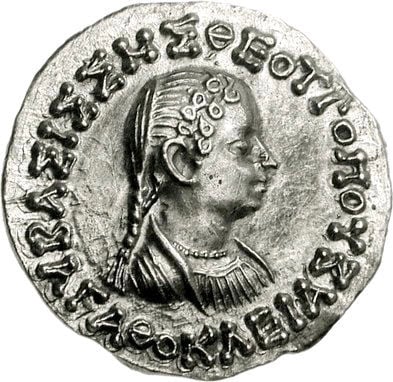
An ancient Greek queen named Agathoclea Theotropus, who compared herself to the goddess Athena, and became the ruler of Punjab, India, set the precedence for female sovereigns in Ancient and Medieval India. She was the wife of the second greatest Buddhist emperor in India, the Greek King of India Menander (Milind) I Soter.
Unlike kings, there have been only very few queens throughout world history who have ruled as sovereigns and also issued their very own currency. This has been because of the substantially patriarchal views of human societies, with matriarchy being rather rare in most parts of the world.
Ancient Indian society had its own achievements and deficits when it came to empowerment of women, especially when analyzed from various viewpoints. However, this did not make it a non-patriarchal society by any means.
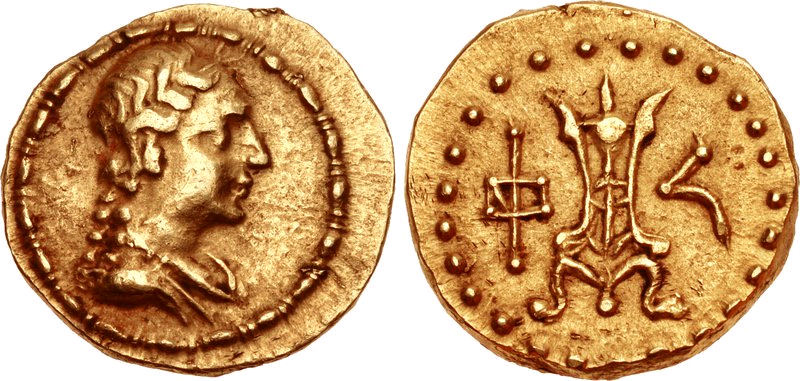
Much like Ancient Greek society, earlier Indian society was biased towards men. Despite extreme social constraints on women in classical antiquity in Greece and India, however, there were also a number of powerful female goddesses. These included Athena, Artemis Aphrodite, Hera, Hestia, and Hecate in Greece. Durga, Chandi, Shakti, Saraswati, Lakshmi, Parvati, and Kali were among such goddesses in India.
After the death of Alexander the Great, several Greek queens, including Olympias, Adea Eurydice, and Cratesipolis, ruled portions of Alexander’s former empire in an unprecedented situation. This was in part due to outside influences which had infiltrated the Macedonian kingdom. Another reason for this was that Macedonian soldiers were, in fact, willing to follow women’s orders.
One of these women was Basilissa Theotropos Agathoclea, an Indo-Greek sovereign and mother of Maharaja Tratarasa Dhramikasa/Stratasa, meaning King Strato, the savior and the just.
Sovereign queens of Ancient India
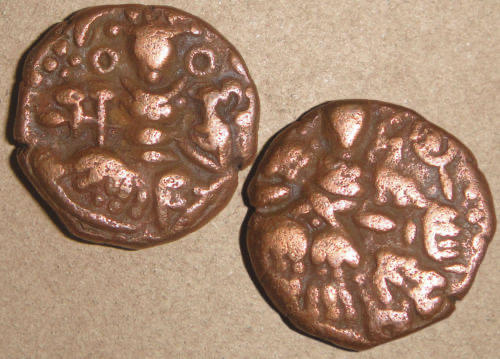
It cannot be denied that sovereign queens in the land of India were extremely rare to come by. The first queen in the area to rule as a sovereign and issue her own currency was the Greek Queen Agathoclea of Punjab. After her, few other Indian queens ruled as sovereigns or issued their own coins.
Queen Naganika, wife of King Satakarni of the Satavahana Dynasty, was another rare example after Agathoclea. Naganika is one of the earliest persons in Indian history whose name has been associated with King Satakarni on the coins.
During the rule of Bhaumakaras of Toshali and Utkala in the 8th to 10th century A.D., six queens—among these Tribhuvana Mahadevi, Prthvi Mahadevi, Gouri Mahadevi, Dandi Mahadevi, and Dharma Mahadevi—occupied the throne. The last four queens ruled successively.
Somala Devi, queen of the Chahamana Dynasty of Sakambhari, issued coins in her name. She ruled in the 13th century A.D. On her coins were either a bull or a horseman on one side and the queen herself on horseback on the obverse with a reference to the “Sri Somala Devi” legend in Nagari script.
Didda, the Hindu queen in Kashmir had issued coins in her name as well. She belonged to the Vappadava Dynasty, which reigned from 1172 to 1338 A.D. During the reign of Mughal Emperor Jahangir, the real power was exercised by his queen, Nurjahan. She proclaimed herself de facto authority through the coins that were issued in the cities of Agra, Ahmedabad, Akbarnagar, Allhabad, Kashmir, Lahore, Patna, and Surat.

The coins also contained a couplet, best translated as: “By order of Shah Jahangir, [the] gold attained a hundred beauties when the name Nurjahan Badshah Begum was placed on it.” These coins remained in circulation until the end of Jahangir’s reign on November 6, 1627 A.D.
Queen Agathoclea’s Life and Legacy
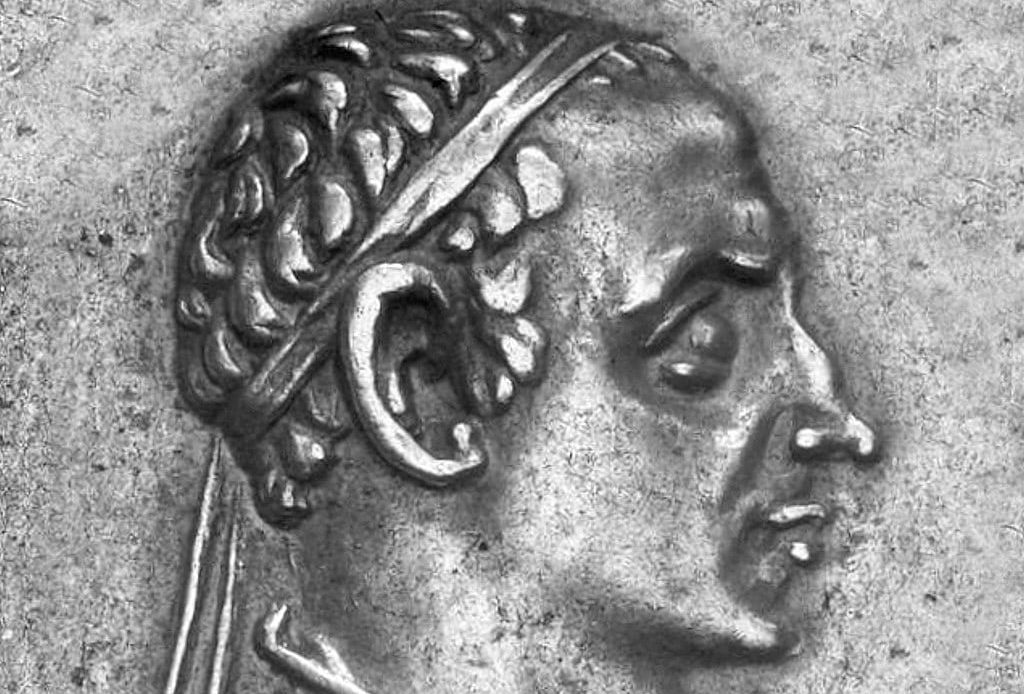
The four sons of King Demetrius were Euthydemus, Demetrius II, Pantaleon, and Agathocles. Yet, Demetrius likely also had a daughter, who later became the Indo-Greek Buddhist King Menander’s wife, namely Queen Agathoclea.
From Agathoclea’s use of Euthydemus’ coin of Heracles seated on a rock, it is believed that she must have been King Demetrius’ daughter. Yet, other experts say that, based on the dates, she could have only been his granddaughter.
Assuming that Agathoclea was Demetrius’ daughter rather than that of Apollodotus, she may have married Menander, her father’s general, right after Demetrius’ death and his own return around the year 166 from modern Patna in the Bihar state of India.
Another theory is that she did not marry Menander until after the death of Apollodotus made Menander the sole repository of power in India and sole effective support of the Euthydemid cause. This would have been around the year 161 at the latest.
A later time than 166 AD seems possible yet unlikely. Upon his death, Agathoclea became regent for her eldest son, Strato I. He was still a minor at the time but was expected to take over power at the age of eighteen.

Agathoclea’s first coins as regent bore solely her own portrait. Strato was named only in the Kharoshthi legend. The second series of coins shows jugate busts of herself and Strato. Lastly came Strato’s coinage depicting him alone.
As per William Woodthorpe Tarn, a British historian of antiquity who wrote profusely on the Hellenistic world, Agathoclea was between twenty-four to thirty-four years of age when she married King Menander. It was very possible she was just under thirty.
There is evidence that Greek princesses did not marry prior to the age of thirty, with some marrying even later. For instance, Ptolemais and Berenice I come to mind, and Cleopatra VII was thirty-three when she married Anthony. As far as Agathoclea is concerned, it may well have been the case that, unlike her sisters in the West, there was no suitable partner for her to marry. It is generally safe to assume that a princess would not marry a commoner.
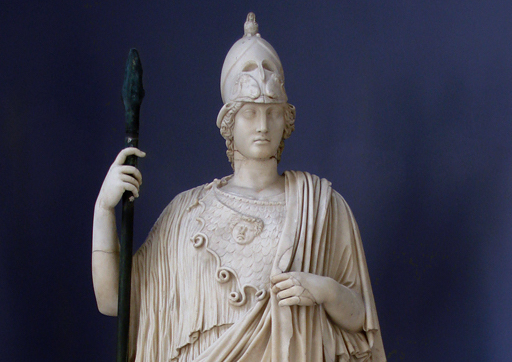
Agathoclea must have been an ambitious woman. She described herself as “God-like” (Greek: Theotropos)—a title which was used by no other Greek ruler—on her coins and even compared herself to goddess Athena.
She was indeed one of the earliest cases of women to have ruled a Hellenistic kingdom following the reign of Alexander the Great. More female rulers would follow, however, including Cleopatra Thea of the Ptolemaic line, who would rule for the remainder of the Seleucid Empire.
Queen Agathoclea issued gold, silver, copper, and bronze coins during her reign. Most of her coins were jointly issued with her son, Strato I. Earlier on, his portrait was not depicted, yet he was shown standing in arms and holding the spear. Later on, the conjoined busts of both Agathocleia and Strato I were engraved on coins.
Agathoclea was the first of several Indo-Greek rulers to make a gesture of benediction with her right hand. This was identical to the Buddhist vitarka mudra, a symbolic, ritualistic hand gesture used in yoga, Buddhism, and Hinduism. On her coins, Strato I is shown making the sign as well. This sign is visible on coins of Amyntas, Nicias, Peucolaus, Hermaeus, Hippostratus, and Menander II.

Its use in Indo-Greek coinage may be the consequence of the initiation of Agathoclea’s defunct husband, Menander I, to Buddhism, as described in the Milinda Panha. Strato I was also the first Indo-Greek king with Zoilos I, another immediate successor to Menander, to be referred to as “follower of the Dharma” on his coins.
Equality
In this age of rising social movements in support of human rights for all individuals, the study of early pioneers for woman empowerment is essential. Hence, the study of Queen Agathoclea’s life and legacy is quite valuable. In India, she showed the way for future Indian women leaders. Today, Indian women are in highly-esteemed positions of power in various industries and even throughout the world. Indra Nooyi, the former CEO of PepsiCo, is one such example while Roshni Nadar Malhotra is the chairperson of HCL Technologies.
Other female leaders include: Dr. Soumya Swaminathan, the chief scientist of WHO; Leena Nair, CEO of Chanel; Madhabi Puri Buch, the chairperson of the Securities and Exchange Board of India (SEBI); and Gita Gopinath, the director of the International Monetary Fund (IMF). Furthermore, Sonia Syngal is the CEO of Gap Inc while the Vimeo CEO is Anjali Sud, and Vertex Pharmaceuticals is led by CEO Reshma Kewalramani. These are but a handful of the many Indian women leaders of our time.
It should not be dismissed that India, the largest democracy in the world, has also had a female head of government, namely former Prime Minister Indira Gandhi. The empowerment of women in today’s India has been inspired by numerous female historical figures throughout Indian history, including the Indo-Greek Queen Agathoclea.
See all the latest news from Greece and the world at Greekreporter.com. Contact our newsroom to report an update or send your story, photos and videos. Follow GR on Google News and subscribe here to our daily email!



